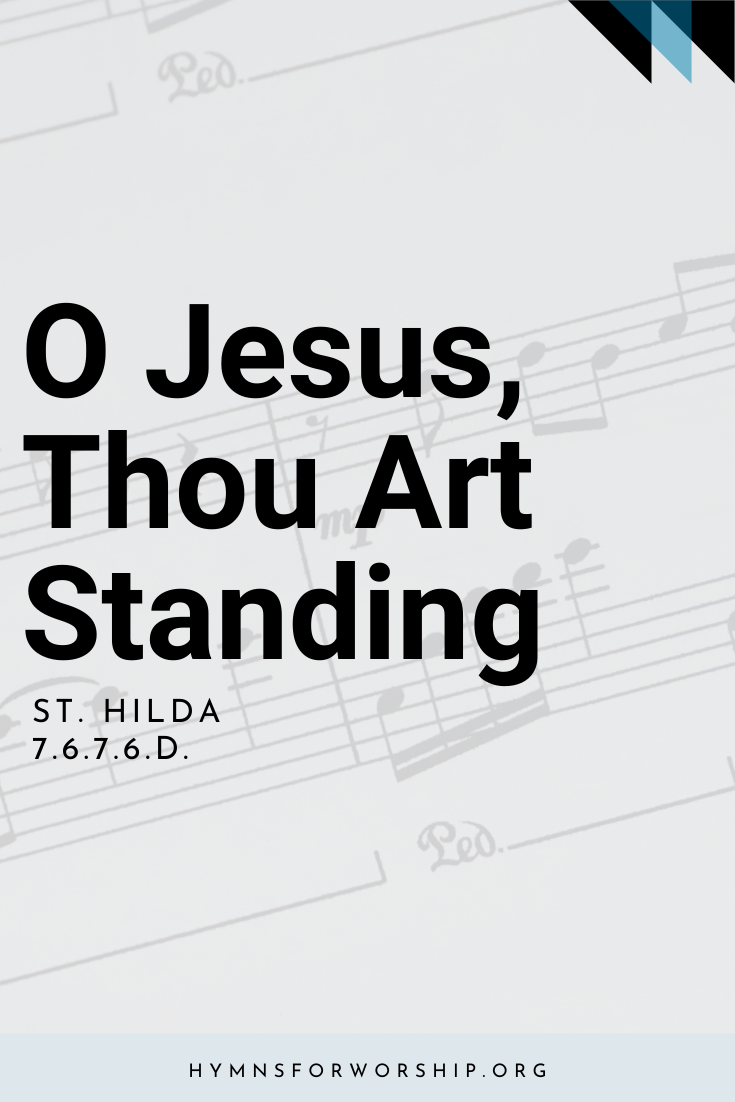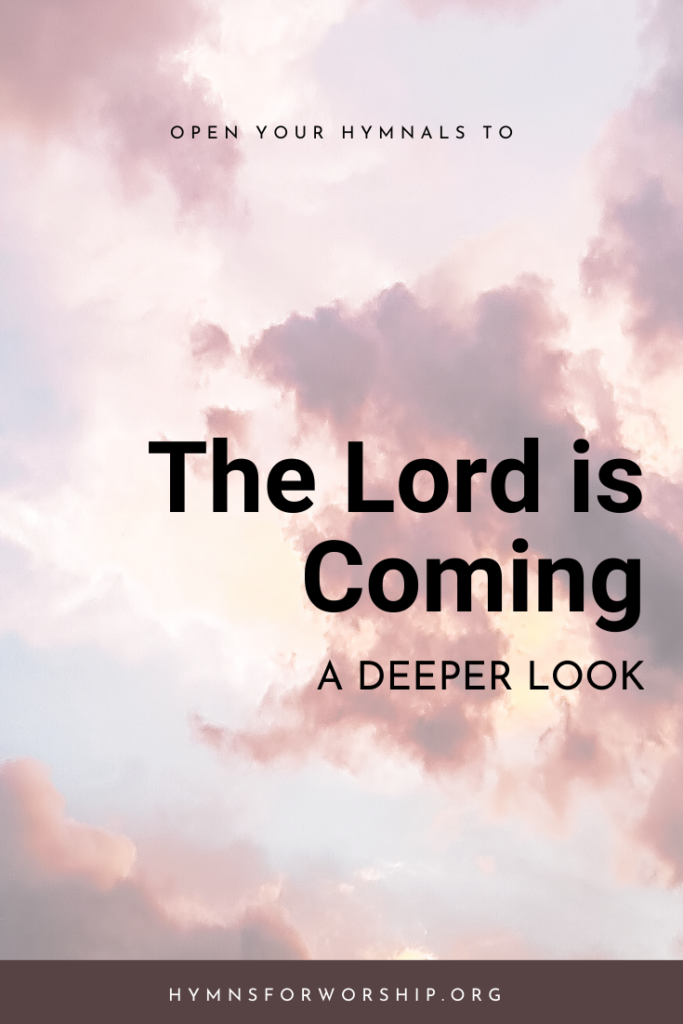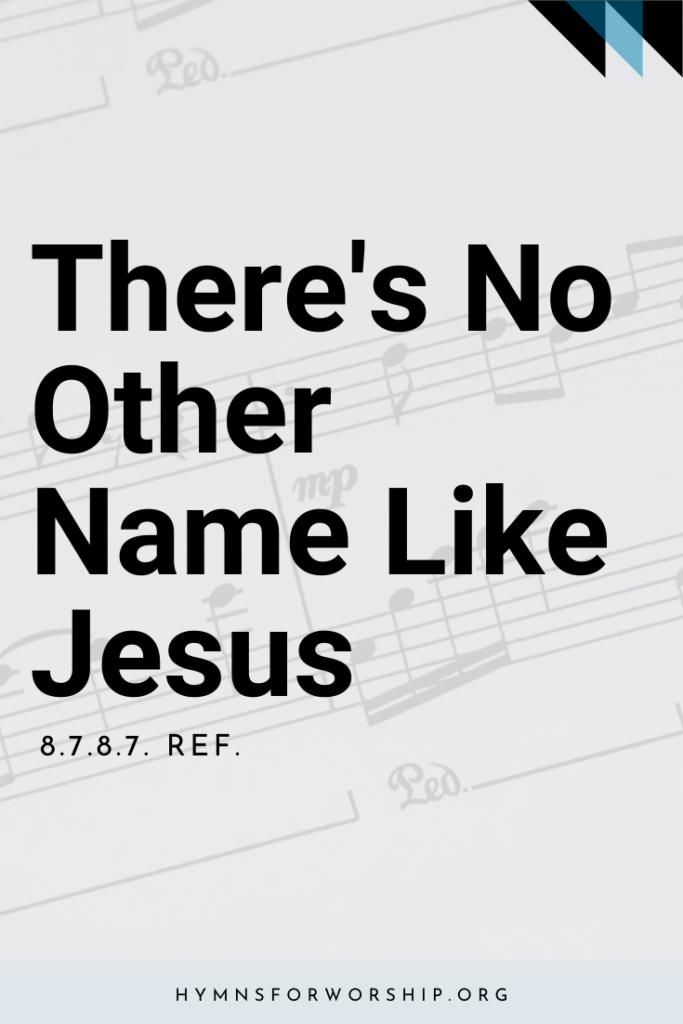GOSPEL >> INVITATION
SDAH 283
O Jesus, thou art standing,
outside the fast closed door,
in lowly patience waiting
to pass the threshold o’er:
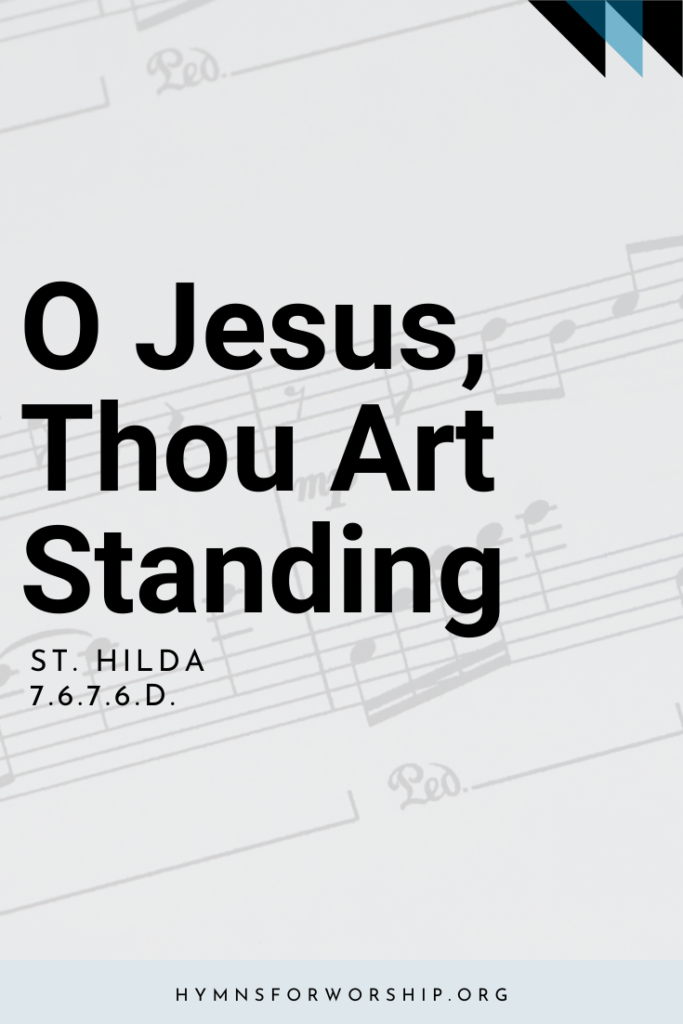

Text
1
O Jesus, thou art standing,
outside the fast closed door,
in lowly patience waiting
to pass the threshold o’er:
O shame, professing Christians,
his Name and sign who bear,
O shame, thrice shame upon us,
to keep him standing there!
2
O Jesus, thou art knocking;
and lo, that hand is scarred,
and thorns thy brow encircle,
and tears thy face have marred:
O love that passeth knowledge,
so patiently to wait!
O sin that hath no equal,
so fast to bar the gate!
3
O Jesus, thou art pleading
in accents meek and low,
“I died for you, my children,
and will you treat me so?”
O Lord, with shame and sorrow
we open now the door;
dear Savior, enter, enter,
and leave us never more.

Hymn Info
Biblical Information
(a) Rev 3:20 (b) Mark 15:17; Isa 52:14; Eph 3:19
Author
William Walsham How (1823-1897)
Year Published
1867
Hymn Tune
ST. HILDA
Metrical Number
7.6.7.6.D.
Composer
Justin H. Knecht (1752-1817)
Arranger
Edward Husband, 1871 (1843-1908)
Year Composed
1799
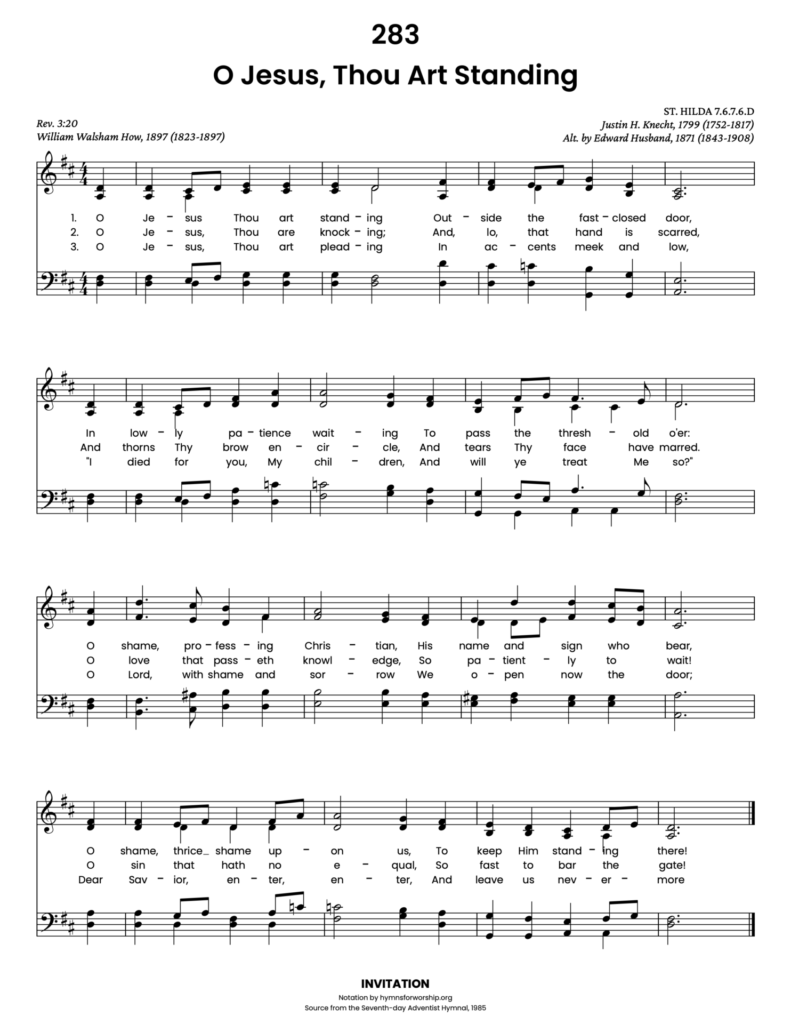
Get the hymn sheet in other keys here
Notes
Make each hymn more meaningful with these helpful tools: Short, ready-to-use hymn introductions for church bulletins, multiple ways to introduce a hymn based on your worship theme and in-depth history and insights to enrich your song service.

